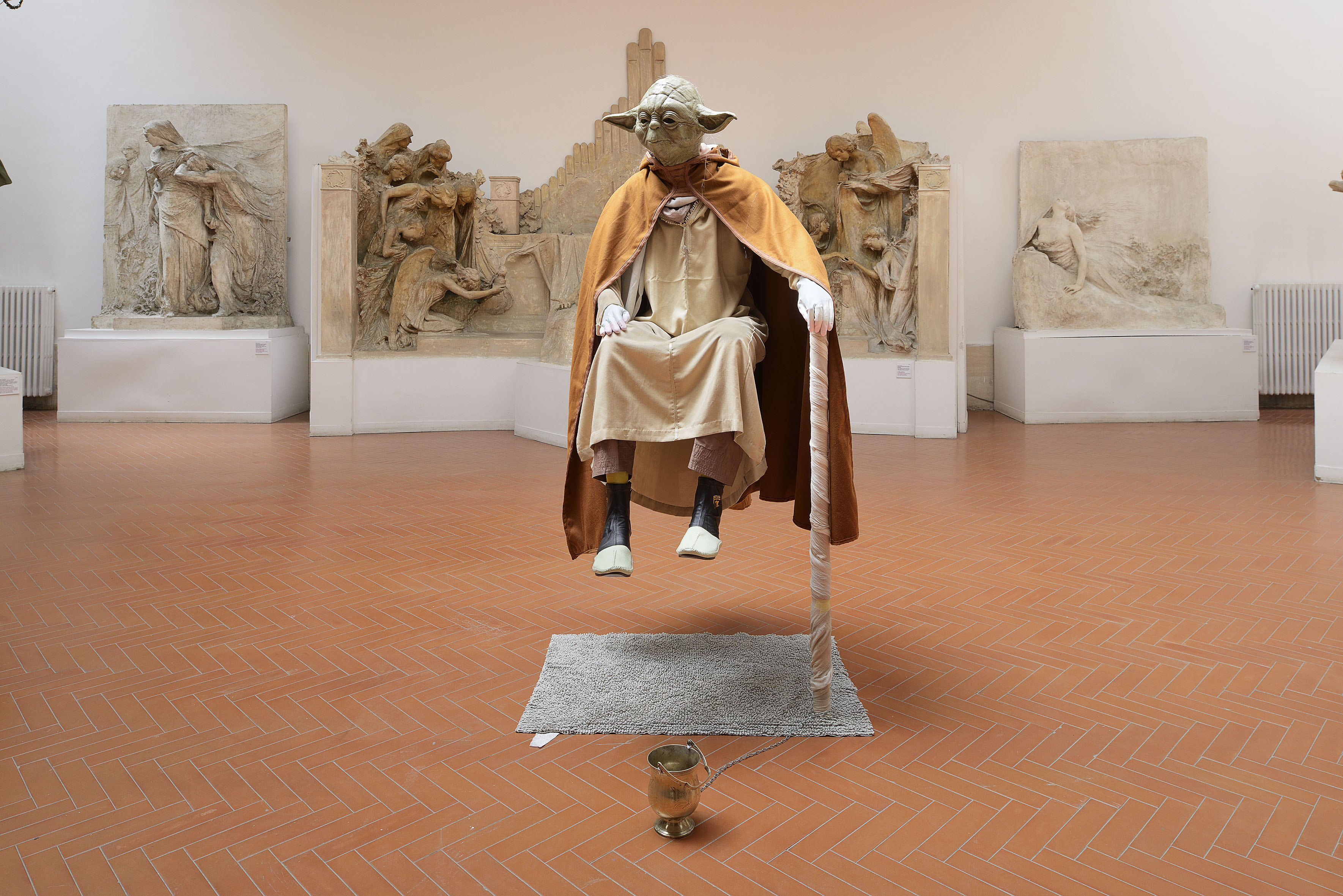
“A bank is not meant to be accessible to a large number of people at once, but that is exactly the opposite of what we want to achieve,” says Swiss Institute director Simon Castets, of the 7,500- square-foot former Chase bank into which his venerable non-profit is moving this month.
As it takes up residence on June 21 in its new East Village home, designed by Selldorf Architects, the Swiss Institute launches its inaugural round of education and outreach programming. “The minute we signed the lease, I went out with the team to meet as many community organizations within a half-mile radius of our new space as we could,” says Castets. “We felt it was the institution’s responsibility to engage the neighborhood in a thoughtful, generative and meaningful way. As an institution that is free and open to the public we wanted to make sure that we were welcoming for all.” The organization has already established programming to serve nursery, middle and high school students, as well as a partnership with a local senior center.
For the first exhibition in the new venue, Zurich-based curators Fredi Fischli and Niels Olsen were tapped to present the third edition of the Swiss Institute’s architecture and design series. The two have worked collaboratively since founding the curatorial space Studiolo as college students in 2011, and have worked as co-curators at ETH Zurich since 2014. For this show, they bring together more than 30 international artists and architects in “Readymades Belong to Everyone,” an exploration of the role of the readymade in art and architecture.
Unlike in art, where Duchamp’s Fountain is universally acknowledged as the first readymade, there is no shared understanding of the notion or its application within architecture. “The readymade is important in architecture as a concept, but it’s kind of an impossibility in architecture,” says Olsen. “There’s a kind of desire within architecture to aim for the readymade, but it is a longing for something that can’t be achieved.”
Alongside works by artists like Claire Fontaine, Wade Guyton and Klara Liden, installed within a large-scale model of a cityscape that occupies the ground floor of the building, are objects designed by architects Petra Blaisse of Inside Outside, Trix and Robert Haussmann and Aldo Rossi. “Asking about what the readymade could mean in architecture, we realized that there is not just one answer, but many different ones,” says Fischli. “The exhibition is an investigation into all these different answers we received.”



